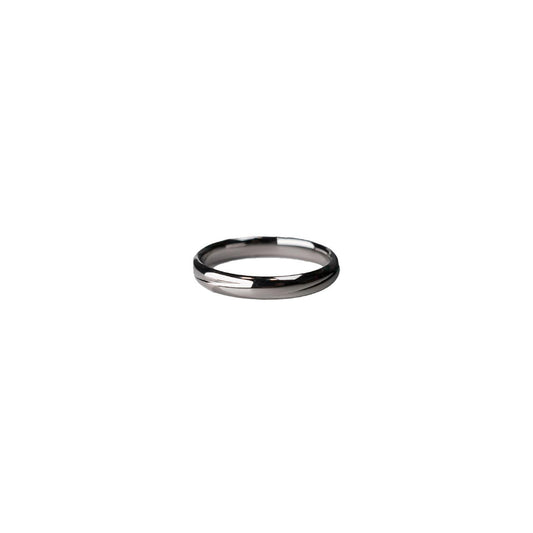Understanding the Clarity of a Diamond
Understanding the Clarity of a Diamond
If you've ever found yourself caught in the dazzling spell of a diamond's glint, you're certainly not alone. There's an undeniable allure to a diamond's sparkle, an attraction that has bedazzled and perplexed countless gem enthusiasts and hopeless romantics alike. But here's the curious part: many people are aware of the "4 Cs" of diamonds—cut, color, carat, and clarity—yet few fully grasp what "clarity" really entails.
At its core, diamond clarity is about the little imperfections that lurk within a stone. These are known as inclusions (internal flaws) and blemishes (external scars). Now, don't start thinking of a diamond as flawed or lesser because it isn't an unblemished crystal. In fact, these minuscule marks are nature's thumbprint, a reminder of the incredible force and time it takes to create these gemstones.
The Gemological Institute of America (GIA) is the gold standard when it comes to grading diamond clarity. Ranging from Flawless (F) to Included (I), these grades tell a story about a diamond's journey. I remember my grandmother's ring, a precious family heirloom that had been passed down through generations. The stone wasn't completely flawless, but its slight inclusion was the very thing that made it unique—almost as if it had its own personality. My grandmother would always say, "A little imperfection is what makes you see the beauty differently."
It’s fascinating how these tiny imperfections become a talking point in the diamond world. When I was shopping for an engagement ring, I was overwhelmed by the varying degrees of flaws and how they affected the price and appearance. I found myself oddly comforted by a VS2-graded diamond. At first, I was apprehensive about picking a stone that wasn't impeccably clear. However, once I saw it, those negligible inclusions seemed almost like freckles; charming quirks rather than detractors of beauty.
For many, the choice between different clarity grades can also reflect personal values. Some opt for a flawless diamond as a status symbol, while others might choose a slightly flawed gem, seeing beauty in authenticity and character. It reminds me of the Japanese art of Kintsugi—repairing broken pottery with gold, celebrating the beauty of imperfection.
Culturally, diamonds have always been seen as tokens of eternal love, but the fascination with clarity highlights a deeper intrigue—our quest for perfection balanced with our acceptance of nature's unpredictable processes. Talking to a friend who recently got engaged, she mentioned how her partner chose a diamond with a few inclusions intentionally, symbolizing that their relationship wasn't perfect and acknowledging how that imperfection made it all the more beautiful and real.
So, what do you see when you look into a diamond? Is it the sparkle that catches your eye, or the story told by its tiny marks? The truth is, much like life itself, the beauty of a diamond lies not in its perfection, but in its unique imperfections. Isn’t that a delightful thought?


























